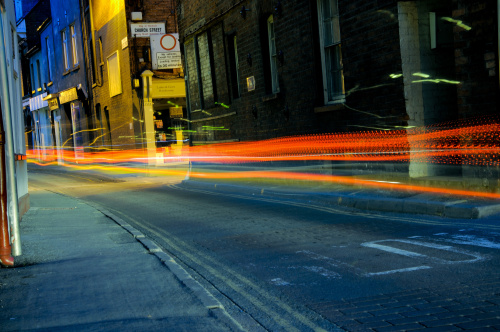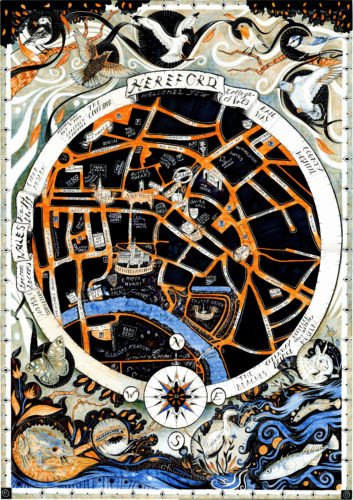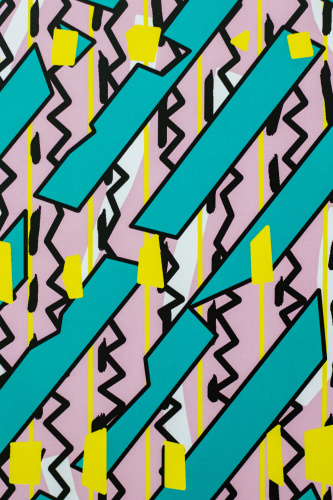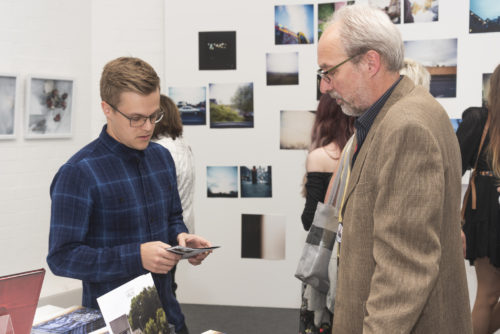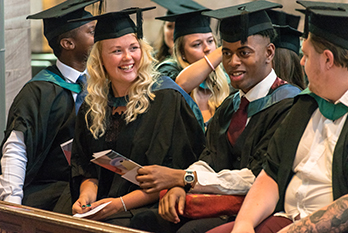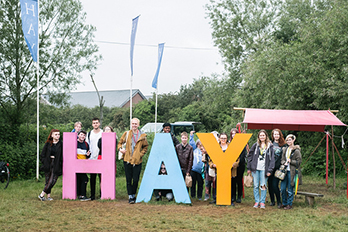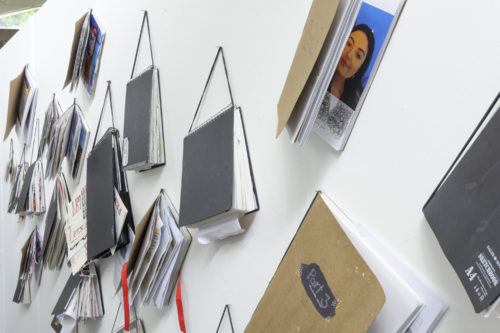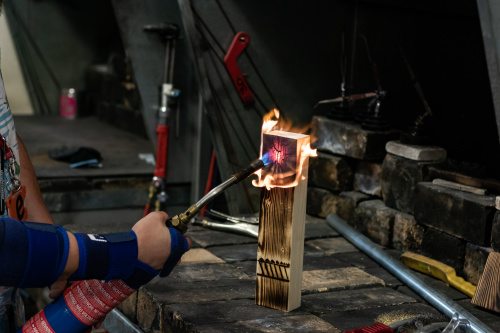Mapping Inspirations responses to the Mappa Mundi
Published on 27.09.16
Today we headed off to Hereford Cathedral for a module introduction for our Second years next design and make module. The starting point for the module is the Mappa Mundi, an ancient map of the medieval world which is generally considered to be one of the oldest maps in existence, and it’s here in Hereford, in
Categories
Today we headed off to Hereford Cathedral for a module introduction for our Second years next design and make module. The starting point for the module is the Mappa Mundi, an ancient map of the medieval world which is generally considered to be one of the oldest maps in existence, and it’s here in Hereford, in Hereford Cathedral.
The task: to create a new, exciting and contemporary response to the Mappa Mundi
It was a great to get out of college and have the introduction in the Cathedral, the Mappa Mundi is an extraordinary object, we asked the students to consider a range of ways of looking and interrogating the map, we discussed the many ways it could be used as a starting point for a body of work and we discussed how we look at it through a range of different lenses of ‘context.’
- Historical context, – it is an outstanding ancient treasure of the medieval world. It shows us what the world looked like to early medieval people; what was important to them, and how they made sense of it.
- Also, politically what was going on at the time – why was it made? Where are the centres of power, perceptions of power, and how are they represented?
- We can see it geographically, as a means of mapping and navigating the world as the medieval traveller would have known it, so we can look at all the ways there are of plotting a journey, of finding a way; sign-posting, waymarkers, all kinds of maps and the information we choose to record; then and now.
- We can view it through a religious context – pilgrims would recount their journeys through the religious world using the map with Jerusalem at the centre of the world. Why was this?
- We can also see it as a religious icon of protection – treasures, lockets, fragments of religious iconography such as pieces of the cross, rosaries, charms, cards of the saints, amulets, talismans, and objects that are believed to offer protection.
- We can consider the context in which it was made, the materials, how and why it was constructed and what from, and how that came about – what stories are involved in this – what process, ethics and morals are involved?
It was great to see all the students really excited and engaged, they’ll be more blog posts to follow as the module develops.
Del


